Please login or click here to join.
Forgot Password? Click Here to reset pasword
The Chilterns are mostly gentle beechwood hills which begin in the vales of Oxford and Aylesbury stretching forth in a north-easterly direction through Buckinghamshire and Bedfordshire to Hertfordshire. They are part of a great chalk belt, with the highest point being Wendover Woods situated on the northern escarpment of the Chilterns, these lie at a height of 876 feet with spectacular views overlooking flat Buckinghamshire countryside which is dotted with farms. The landscape is further marked by the shimmering waters of the Tring Reservoirs. At this high point there are delightful forest walks through typical Chiltern hanging beechwoods where only sunlight ripples through dense leafy glades.
Coombe Hill at 852 feet is the second highest point of the Chiltern landscape, this has a tall monument built into the hillside, it commemorates the men of Buckinghamshire who gave their lives in the Boer War. Standing beside the monument it is possible to gaze across the tops of tall trees, when on a clear day you can catch a glimpse of Ellesborough church tower in the south-west, and beyond you may see Chequers, the country home of Britain's prime ministers. Over 100 acres of Coombe Hill are owned by the National Trust, heather and gorse scatter its summit and its slopes are thick with an abundance of old trees. Scrub too, is a feature of the area, often sheep are flooded here to help keep the scrub down.
The strong march of the Chilterns continues, enlightened here and there with gorgeous open farmland bordered by hedgerows where delicate wild flowers thrive on the chalky landscape, only here can the dainty white candytuft be found, elsewhere this fragrant flower is rare and almost extinct. The Chilterns show an abundance of wilderness, chalk loving plants, Musk thistle, with its beautiful purple flowers, clumps of rock-roses, tansies with sweet yellow flowers and old man's beard, all add to the enchantment of the ground cover. And although in winter there are many trees bereft of leaves, in springtime branches become bright with what seems a trillion shades of green, beneath these roll a seemingly endless mass of wild daffodils, which later give way to a carpet ablaze with bluebells. The cover of the trees make these lovely silent places to wander, enjoying a peaceful solitude and serenity, far from today's madding crowd.
The Chilterns encompass Dunstable Downs, this is dominated by the centuries old Icknield Way which starts its course along the Chiltern Hills, and later passes ancient barrows where Stone-Age relics have been found. At Goring Gap there is the pleasure of seeing the River Thames breaking through the hills to separate the Berkshire Downs from the Chilterns. Goring is an arresting Georgian town, but it is at Goring Heath, a spacious, easy to wander area, where the woods of the Chiltern begin.
For the traveller exploring the Chilterns on foot, nothing quite prepares you for what is the loveliest of all the Chiltern scenery, Cliveden Reach where the waters of the Thames flows between great masses of beeches whose reflections can be seen mirrored in the water, before they steadily climb upwards to almost shroud the magnificent Renaissance-style house, known as Cliveden, built in the 1850's for the Duke of Sunderland.
To walk the Chilterns is to walk through much of England's history for amongst its woods and enchanting forest walks is a continuous contrast; places noted for Christianity, pathways trod by medieval monks, Cromwellian troops and canals built at the dawn of the Industrial Revolution. At Tring is a flight of six canal locks, one bearing the date 1865.
Other fascinating aspects of the Chilterns is its vast variety of wildlife; woods hide shy deer, squirrel's, rabbit and a multitude of other creatures of the wild. Its bird-life is prolific, there are places to see birds of every variety especially those gathering at Marsworth Reservoir, home of tufted ducks, mallards, pochards, shovelers and coots. Often you can see a kingfisher, and in winter there is a myriad of teal, widgeon, goldeneye and goosander.
Interesting places to visit along the Chilterns are; Ashbridge and Ivinghoe, Burnham Beeches, Aston Rowant Nature Reserve, the reaches of Marlow and Cliveden, Maidenhead, Wendover Woods, Whiteleaf Hill and the Tring Reservoirs.
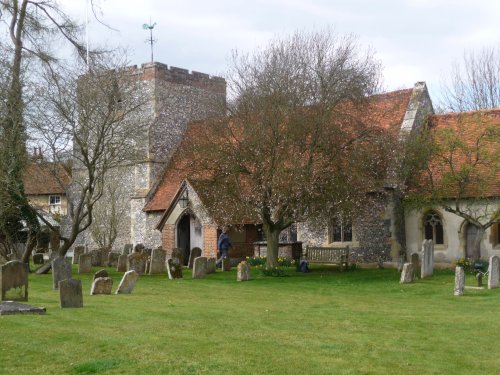
a Picturesque Village in the county of Buckinghamshire
(3.2 miles, 5.1 km, direction SW)This village is noted for its numerous appearances in memorable televisions shows such as The Vicar of Dibley and Midsomer Murders. Turville is the quintessential English.....

a Picturesque Village in the county of Oxfordshire
(8.1 miles, 13.0 km, direction SW)Nettlebed is a lovely English village in the heart of rural Oxfordshire...

a Historic Market Town in the county of Oxfordshire
(8.1 miles, 13.0 km, direction S)Henley held the very first regatta in 1839 and in the year 1851 Prince Albert became Patron of the Regatta, thus giving the event the pretigious title of Royal Henley Regatta...

a Picturesque Village in the county of Oxfordshire
(9.7 miles, 15.6 km, direction W)Ewelme is a quiet place particularly noted for its historic parish church...
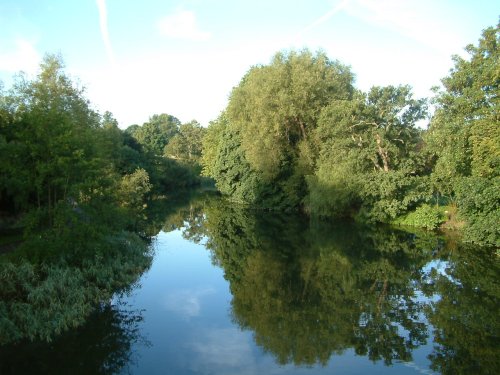
a Picturesque Village in the county of Berkshire
(12.3 miles, 19.9 km, direction S)"the most fairy-like little nook on the whole river". - Jerome K. Jerome..
All towns in Buckinghamshire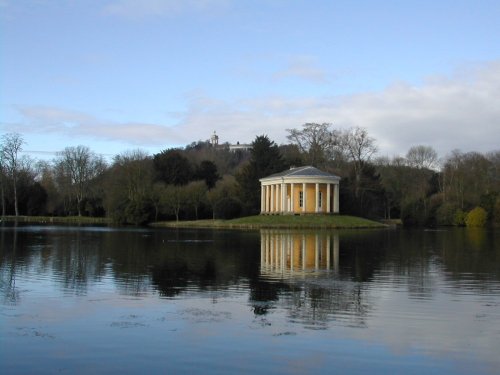
Perfectly preserved rococo landscape garden, surrounding a neo-classical mansion...
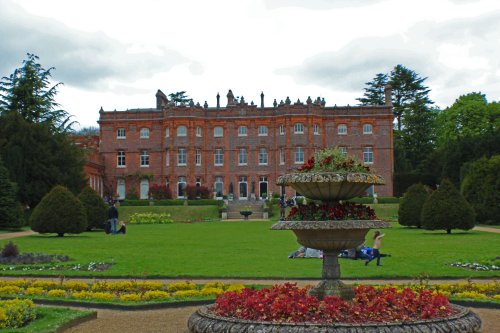
This was the home of Benjamin Disraeli(1804-81) who lived here with his wife from 1848 until his death in 1881. The couple loved.....
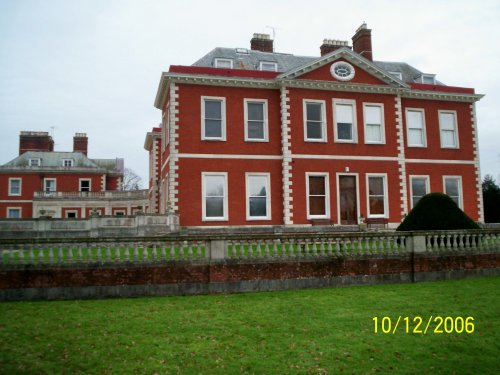
..
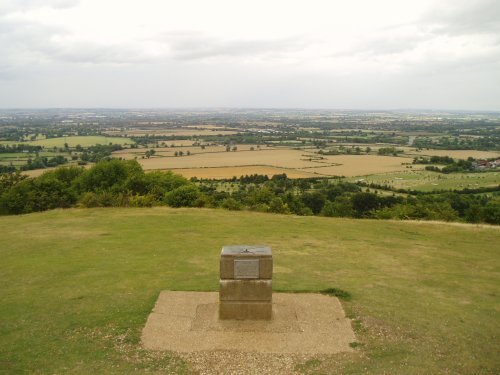
..
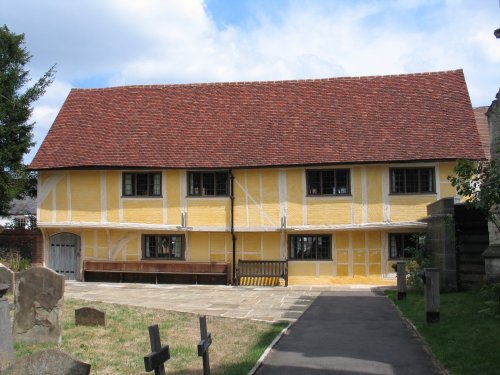
This is a magnificent 14th-century Grade I listed church hall. Its timber-framing is typical of the late medieval period, and.....